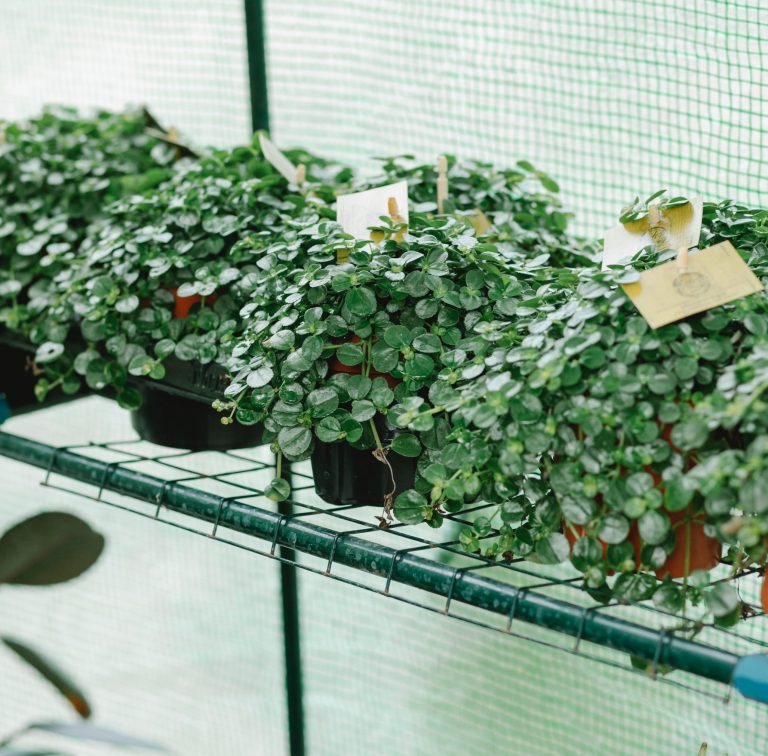I am exhausted to the bone. Normally, at this time of year, I get excited about seed starting. I take stock of my seed supplies, order seeds I’m missing, and start planning out my garden. This year, I’ve yet to do any of that. I’m too overwhelmed and tired, so I’ve decided to forego…
